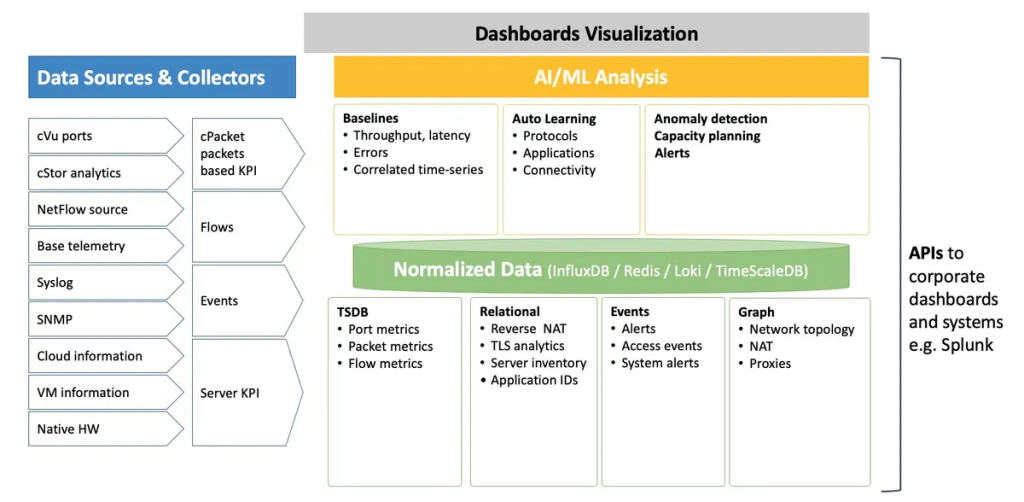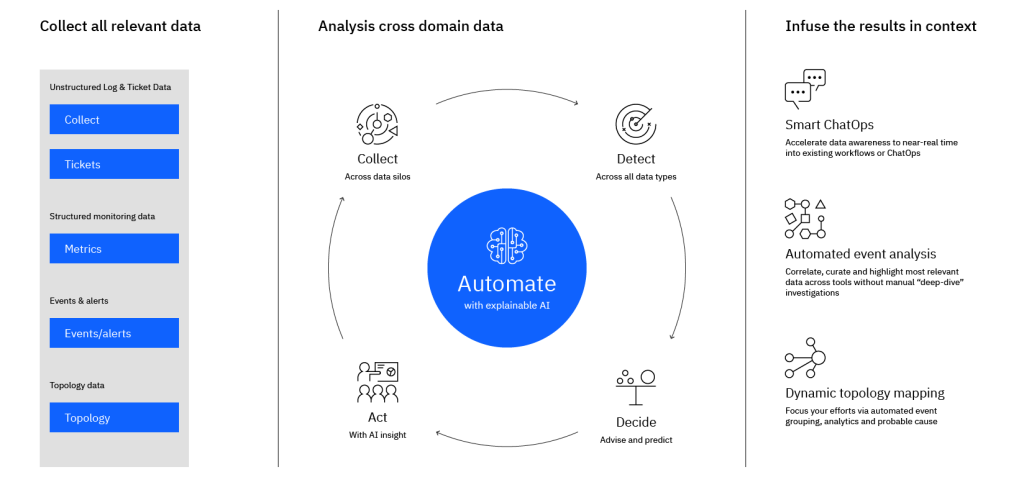Upgrade & Secure Your Future with DevOps, SRE, DevSecOps, MLOps!
We spend hours scrolling social media and waste money on things we forget, but won’t spend 30 minutes a day earning certifications that can change our lives.
Master in DevOps, SRE, DevSecOps & MLOps by DevOps School!
Learn from Guru Rajesh Kumar and double your salary in just one year.

As technology continues to evolve, so do the challenges faced by network operations teams. With the rise of complex hybrid IT environments, managing networks has become increasingly difficult. To address these challenges, many organizations are turning to AIOps, or Artificial Intelligence for IT Operations.
AIOps can help network operations teams by automating tasks, detecting anomalies, and providing insights that can improve overall network performance. In this article, we will explore how to use AIOps for network operations.
What is AIOps?
AIOps is a combination of artificial intelligence and machine learning algorithms that automate and optimize IT operations. It uses data analytics, machine learning, and other technologies to automate tasks, detect anomalies, and provide insights.
AIOps can help network operations teams by identifying and resolving issues before they become critical. It can also reduce the time needed to resolve issues, which can improve overall network performance.
How Does AIOps Work?
AIOps works by collecting and analyzing large amounts of data from various sources, including network devices, servers, applications, and other IT infrastructure components. It then uses machine learning algorithms to identify patterns and anomalies in the data.
Once anomalies are detected, AIOps can take action to resolve the issue automatically or alert network operations teams. AIOps can also provide insights into network performance, allowing teams to optimize network resources and improve overall performance.
Benefits of AIOps for Network Operations
Using AIOps for network operations provides several benefits, including:
- Automation of repetitive tasks
- Improved detection and response times for issues
- Reduced downtime and improved network performance
- Better visibility into network performance
- Improved resource utilization
Implementing AIOps for Network Operations
Implementing AIOps for network operations requires a structured approach. Here are the steps to follow:

Step 1: Identify Goals and Objectives
The first step in implementing AIOps for network operations is to identify goals and objectives. This involves understanding the challenges faced by network operations teams and the desired outcomes.
Step 2: Collect Data
The next step is to collect data from various sources, including network devices, servers, applications, and other IT infrastructure components. This data should be stored in a centralized location for analysis.
Step 3: Analyze Data
Once data is collected, it should be analyzed using machine learning algorithms to identify patterns and anomalies. This analysis should be ongoing to detect new patterns and anomalies as they emerge.
Step 4: Take Action
When anomalies are detected, AIOps can take action to resolve the issue automatically or alert network operations teams. This can include actions such as restarting a server or increasing network bandwidth.
Step 5: Optimize Performance
AIOps can provide insights into network performance, allowing teams to optimize network resources and improve overall performance. This includes identifying areas where resources are underutilized and reallocating them to areas where they are needed.
Conclusion
Using AIOps for network operations can help organizations improve overall network performance, reduce downtime, and improve resource utilization. By automating tasks, detecting anomalies, and providing insights, AIOps can help network operations teams stay ahead of issues and optimize network performance.
Implementing AIOps for network operations requires a structured approach that involves identifying goals and objectives, collecting data, analyzing data, taking action, and optimizing performance. By following these steps, organizations can successfully implement AIOps for network operations and reap the benefits it provides.

Leave a Reply